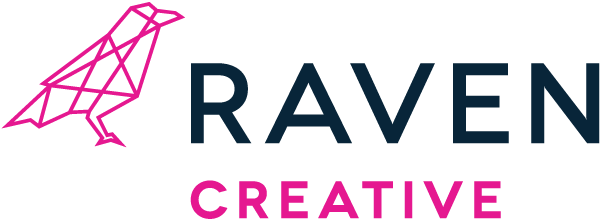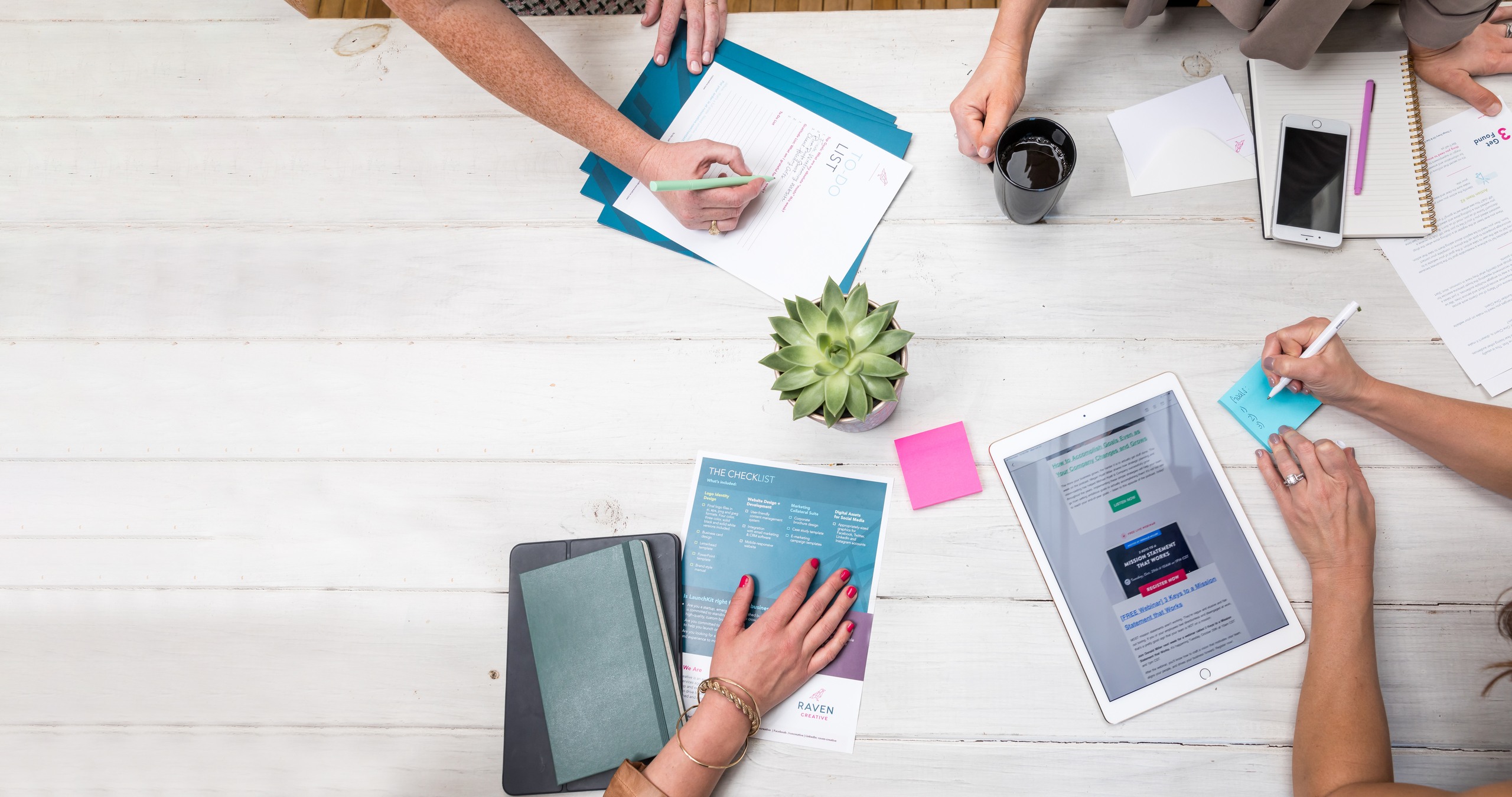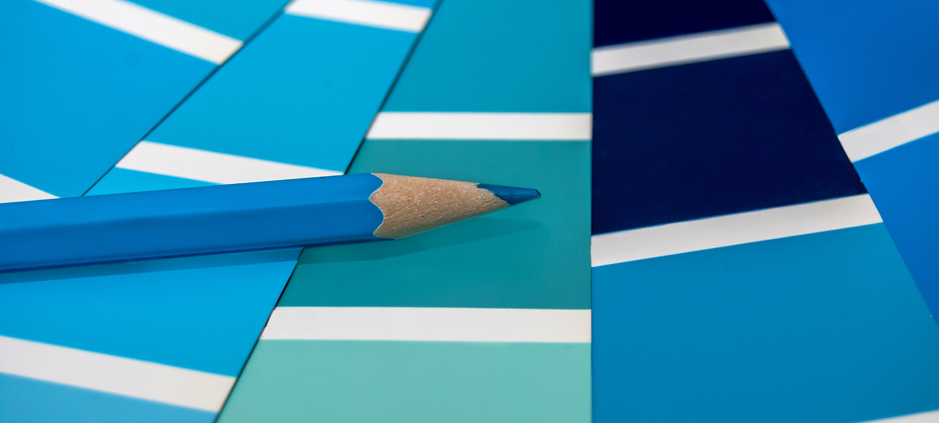At Raven Creative, we use a creative brief to start and guide each project we work on. We find that these documents help keep our projects running smoothly, prevent misunderstandings, and keep everyone in the loop, among many other benefits.
But, we’ve found that completing this document so that you’re able to actually realize the benefits takes a little work, so we wanted to share some ideas we have to ensure that your creative brief works for you.
Today, we’re covering Creative Briefs 101 – and you’ll be an expert by the time we’re done. Let’s get started!
What is a creative brief?
In the simplest terms, a creative brief is a project plan. It’s a document that project team members put together to define the project’s goals, objectives, audiences, strategies, key messages, and any other crucial details the client or creative needs to know to begin the project.
But more important than what it is, is what it can do for your project:
Your creative brief is your home base. It’s your project map. It’s where you start, and in the best cases, it shows you how you’ll finish. It’s a way for everyone to find common ground, express expectations, and understand the project direction before getting started.
It’s also a way to avoid yet another meeting if a new client stakeholder or creative team member is brought in – they can quickly get caught up on the project when a thorough creative brief is completed at the beginning!
Why do you use a creative brief?
We use a creative brief because we believe firmly in strategy before execution. An awesome ad campaign doesn’t just happen – it’s the result of understanding and clearly defining goals, audiences and strategies, and bringing messages to life through excellent creative execution.
A creative brief also allows everyone to be part of the creative process. Even if you don’t consider yourself creative or artistic, the document is simply a reflection of meetings, interviews and discussions – something we can all participate in.
So, how should I fill one out so my designer loves me?
Throughout our careers, we’ve gone through the creative briefing process with hundreds of clients and projects, so we’ve noticed a few trends. The most important one being this: When you spend the time upfront thinking critically and crafting a strong strategy, the creative work is always better. Think of it as getting the most out of your creative investment.
Here’s a few strategies we’ve learned that help us make the most of this process –
1. Break ’em down.
The first questions on a creative brief are usually general business overview questions. They’re meant to be setting the stage questions, but they can feel cumbersome at first glance. So, break ‘em down! Here’s an example question along with two potential answers.
Example Question: Tell us about your business.
Meh Answer: We’re a creative agency.
Yay! Answer: We’re a creative agency based in Houston, TX. We provide creative services, which usually means messaging or copywriting, logo design, web design and development or general marketing/creative strategy help to our clients. There’s a few things that make us different than other freelancers or agencies – first, and most importantly, we start with strategy so we can get a better understanding of our clients’ actual business needs. On the personal side, we’re a team of people who work hard to nurture our families and our careers.
In addition to one being a little longer than the other, the second breaks down the question into smaller bites. It gives a general statement about the vertical we operate in; then specific projects clients might contact us about. Finally, it talks about what makes us unique from others in our space, injecting some of our key values into the response.
2. Always explain why.
Whenever I’m trying to understand a topic, I find that two phrases are my absolute favorite – “for example” and “because.” Whatever comes next almost always helps solidify my understanding of the topic with a real-life example of how a concept or theory might be used in practice.
Example Question: Do you have any design elements, colors or font preferences?
Meh Answer: I really like blue tones.
Yay! Answer: I like deep blues because I feel like they express professionalism and sophistication, and that’s how I want to position my brand.
Explaining why a certain color or font appeals to you helps your designer understand the motivation behind your preferences, which is crucial for us in finding common ground. Even though your final identity might not have much blue in it, your designer knows that professionalism and sophistication must be communicated in your final logo.
3. Be constructive.
As designers, we get vague, and often unhelpful, feedback A LOT. I can’t tell you how many times I’ve heard something along the lines of “I don’t know what I like, but I know what I don’t like.” It’s tough to know where to go from there.
But do a little work and dig deeper into that statement to identify something constructive. Ask yourself:
Why don’t I like X? How does it make me feel? Have I seen it before? If so, where? What is an example of a website/logo/collateral piece I do like, and why do I like that? Is it the colors, font style, user experience, message, photography? Even if I don’t like this, will it resonate with my audience?
Go ahead and follow the rabbit hole for a minute, see where those answers take you. If you’re really stuck, ask your designer to provide you with some examples of different styles that you can react to. We totally understand that starting with a blank canvas is a tough task, and sometimes you need a few examples on a Pinterest board to get you thinking more constructively.
Even if you’re not currently working on a major project, you might enjoy walking through our totally-awesome guide to filling out a creative brief to see if your existing brand and website matches up with your vision for your business. When you’re ready, you know who to call!





